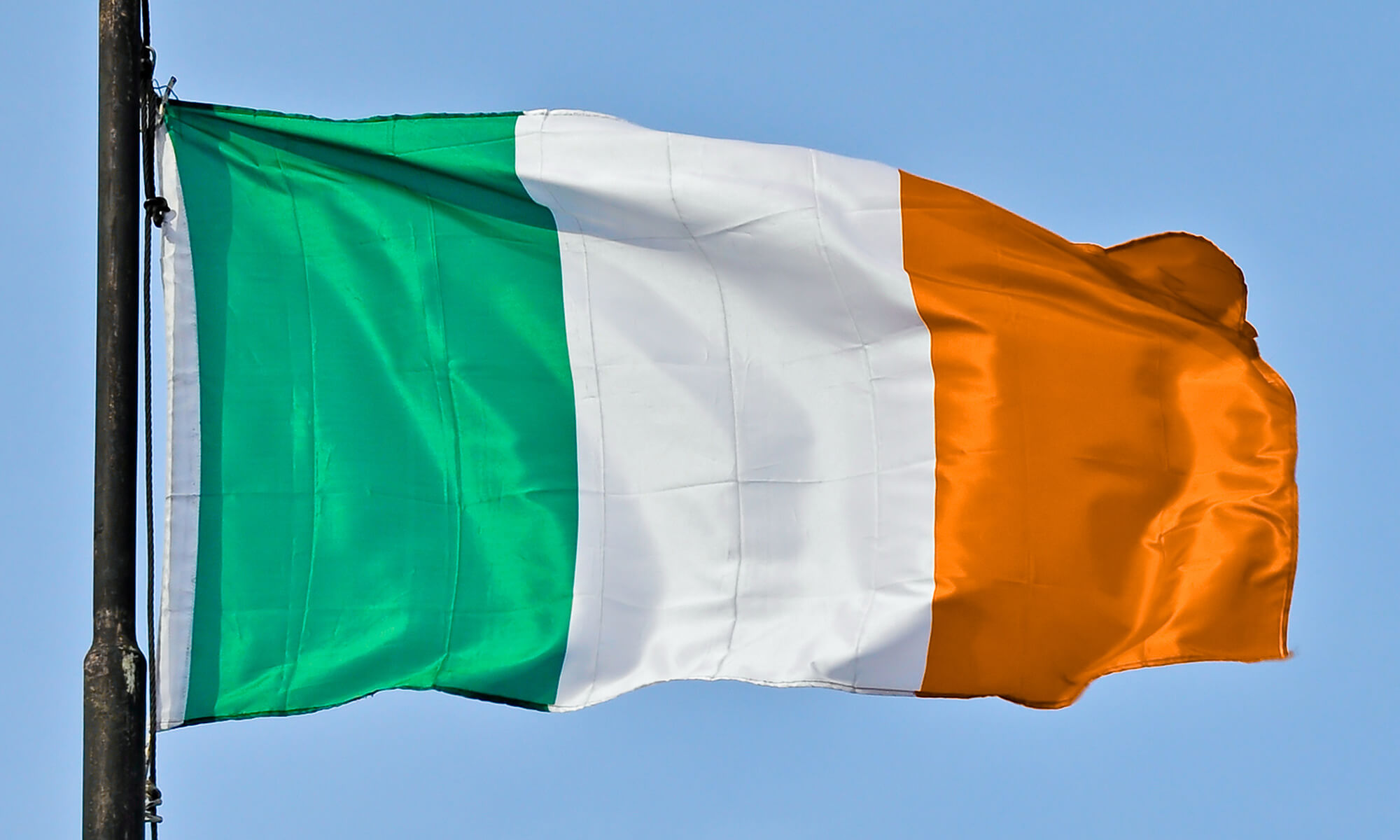Black and Tans | A Reminder of a Dark Period in Irish History
The layered Black and Tan beer cocktail routinely accompanies American St. Patrick’s Day festivities. However, for the Irish, the subject of Black and Tans is nothing to celebrate; the term refers to a notorious British group sent by Winston Churchill who brutally murdered and tortured the Irish, and regularly destroyed their property, during the Irish War for Independence (1919-1921).
Anti-British sentiment led to increasing tensions, often violent, on the Emerald Isle during the late 1910s. Winston Churchill — then serving as the British Secretary of State — responded by organizing volunteers, whom the Irish referred to as Black and Tans because of their attire, and their arrival marked the start of what ostensibly became the Irish War for Independence.
During the two years, the mostly guerrilla-style warfare resulted in 2,000 deaths, 750 of them civilians.

Although intended to thwart the efforts of the Irish Republican Army (IRA) and bring order to Ireland, the Black and Tans instead became known for their highly abusive behavior, their habit of destroying property and their propensity to kill innocent civilians without showing remorse.
The attitude of the volunteer force can best be summed up by this quote by Lt. Col Smyth, June 1920:
“If the persons approaching [a patrol] carry their hands in their pockets, or are in any way suspicious-looking, shoot them down.”
“You may make mistakes occasionally, and innocent persons may be shot, but that cannot be helped, and you’re bound to get the right parties some time.”
“The more you shoot, the better I will like you, and I assure you no policeman will get into trouble for shooting any man.”
The Black and Tans seemed to take joy in killing Irish civilians. When the IRA killed a member of the opposition group loyal to Britain, the Black and Tans responded by burning down 300 civilian buildings in County Cork and subsequently boasted of their efforts by pinning burnt cork on their caps.
Other examples of brutality include the burning of 20 houses in September of 1920, the routine looting of pubs, burning down a factory, and beating two men to death during a raid.
The undisciplined actions demonstrated by the military-style police force even upset those in England. The Archbishop of Canterbury, the British Labour Party and Churchill’s wife angrily denounced the activities of the Black and Tans and implored Churchill to remove them. Moreover, the Black and Tans did not create order. Instead, their presence and efforts fueled the flames of revolutionary fever; the Irish felt more compelled than ever to rid itself of its perceived imperial landlords.
Thus, Churchill eventually had no choice but to accept that the mission was a failure. In 1921, the war ended with the signing of the Anglo-Irish Treaty. Consequently, the southern 4/5 of Ireland became an Irish Free State, leaving only Northern Ireland as part of the United Kingdom.

However, the actions of the nearly 8,000 Black and Tan soldiers left a lasting, painful memory. Indeed, fifty years after the war, in 1972, the Wolfe Tones released an album that included the song, “Come Out Ye Black and Tans,” often heard on St. Patrick’s Day. The first two verses say it all:
I was born on a Dublin street where the royal drums did beat,
And those loving English feet they tramped all over us,
And each and every night when me father came home tight
He’d invite the neighbors outside with this chorus:Come out ye Black and Tans, come out and fight me like a man,
Show your wife how you won medals down in Flanders,
Tell them how the IRA made you run like hell away
From the green and lovely lanes of Killashandra.
So, yes. It is a cocktail. But, the Black and Tan name is also associated with death and destruction. And, that is something no one should celebrate.
Instead, do as Irish do, if they bother to order it at all, and order a Half and Half (assuming your American bartender or server understands that!). This writer, an Irish American, recommends a crafted dry Irish stout over an American pale ale (and a sip of Irish Whiskey is okay, too. Why not?).
Happy St. Paddy’s everyone!

Sources:
Leeson, D. M. The Black and Tans: British Police and Auxiliaries in the Irish War of Independence. Oxford: Oxford University Press, 1920-1921, 2011.
Ranelagh, John O’Beirne. A Short History of Ireland. 3rd ed. Cambridge: Cambridge University Press, 2012.
Trueman, C.N. “The Black And Tans” The History Learning Site, historylearningsite.co.uk. 25 Mar 2015. https://www.historylearningsite.co.uk/ireland-1845-to-1922/the-black-and-tans/
Feature Image: Black and Tans image from the movie, “The Wind That Shakes the Barley.”
-
Sorry Matthew
You missed one important reference. Early on tge RIC Special Reserves were active in Limerick city. A local wag named them after a local hunt, the Scatter Black and Tans whose unusual foxhounds have these colours. I have seen these hounds. They are friendly, well treated and highly disciplined. To name those British thugs after them is an insult to the hounds. Here’s a reference.
https://en.m.wikipedia.org/wiki/Scarteen -
When I found out who the B & Ts were I never ordered the drink again.








Comments